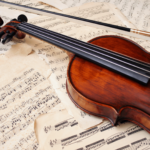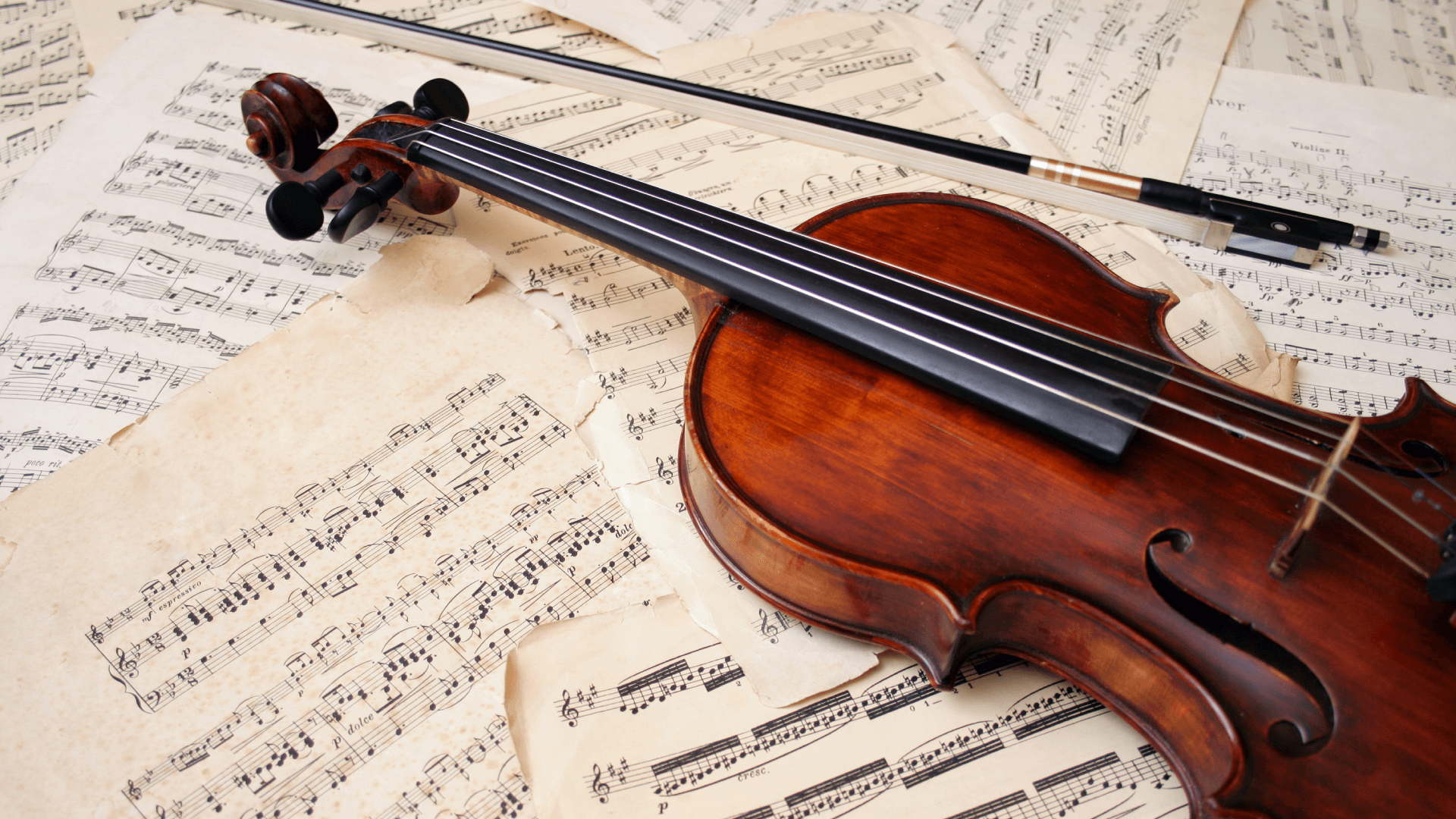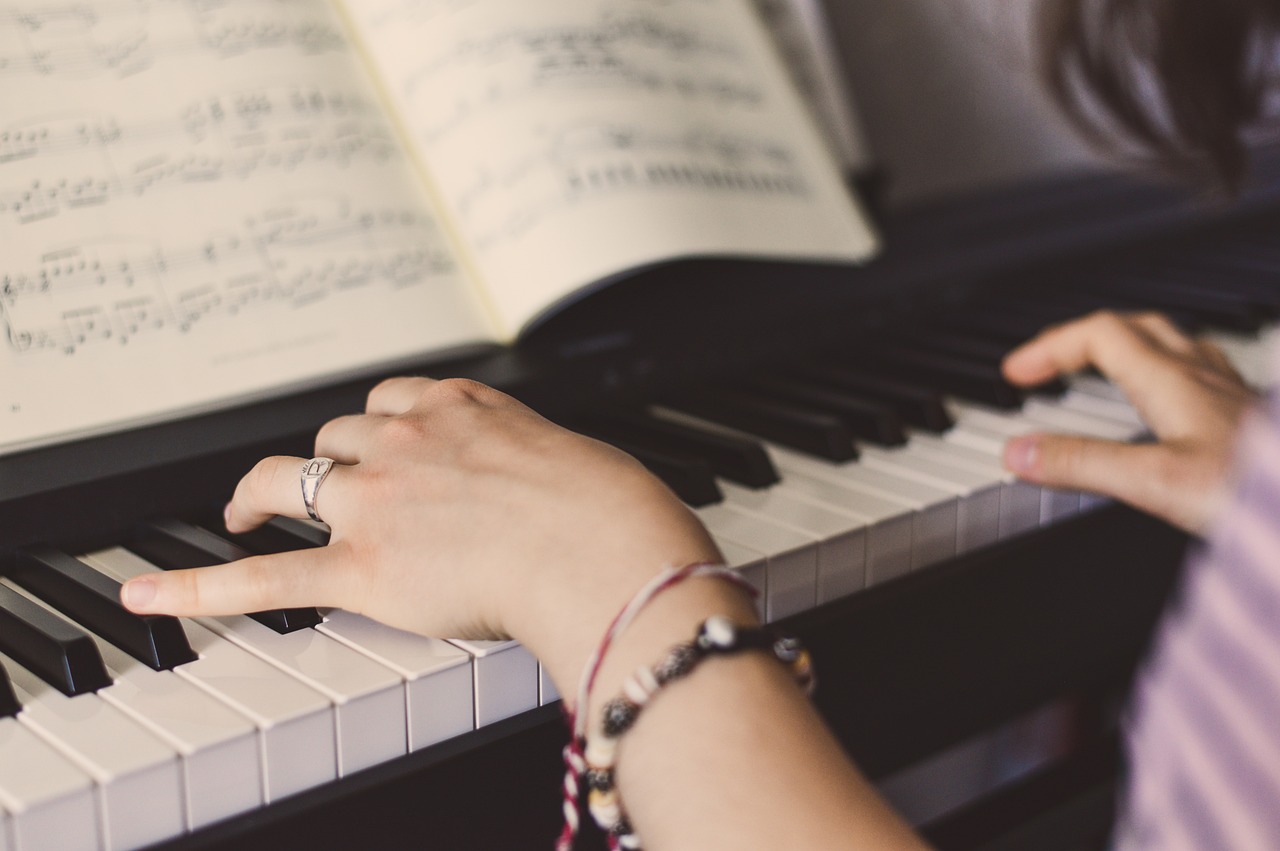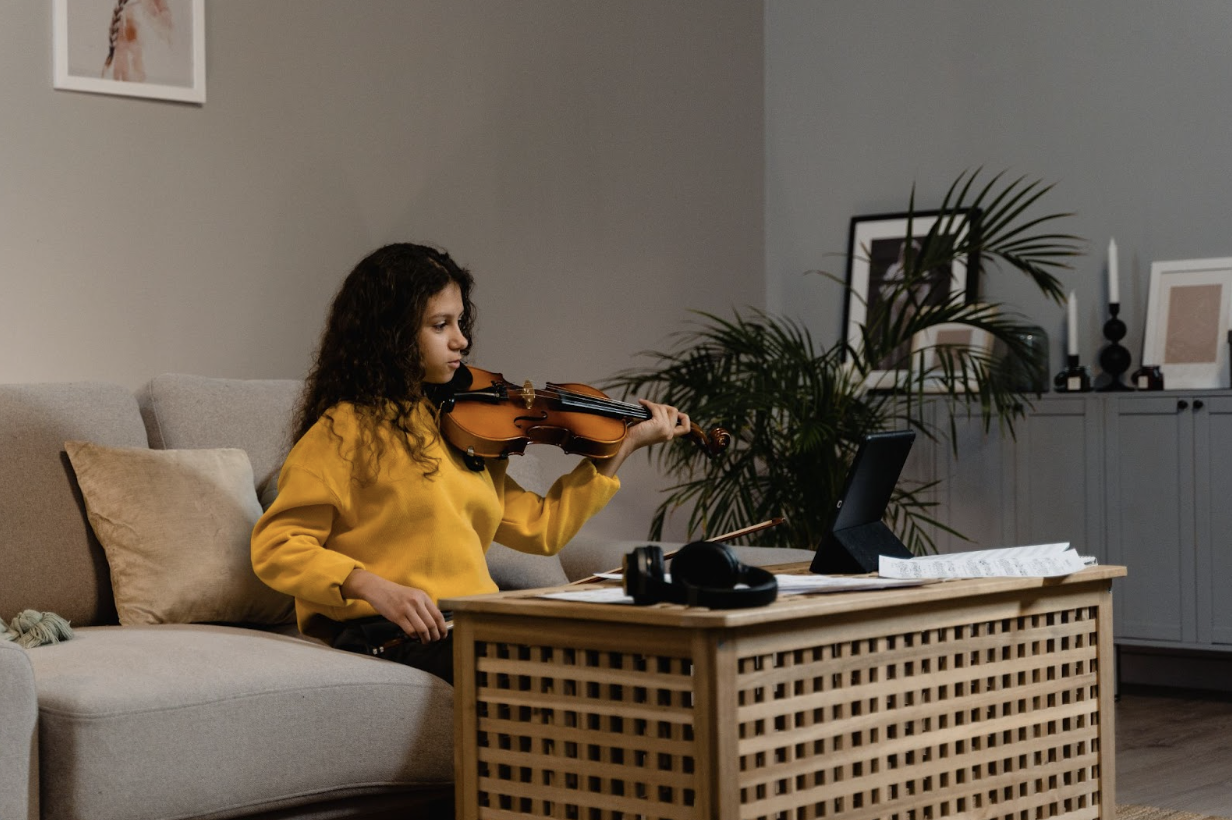How to read violin sheet music?5 min read
Generally speaking, Sheet music isn’t specific to any particular instrument. We have had a vast range of musical instruments since olden times. For instance, in order to play the violin, we need violin sheet music which may include numbers to signify position on the neck, direction and specific markings, techniques specific to the violin.
Contents
How to begin with reading?
At first, things may appear to be complicated. You will need to learn how to hold the instrument carefully, techniques to stand in a comfortable posture. Worried because you don’t have much experience yet? Don’t think much! We have an accurate solution for you. Even if you have some knowledge regarding the basic concepts and some tips to keep in mind, you’ll gradually learn the lesson.
To make your learning even more enjoyable and interesting, here is a list of some basic concepts and suggestions that should make the process easier for you.
The staff and clef
Before proceeding, it is important to get a basic understanding of how to play sheet music.
The violin music sheet is incorporated on a grid that is made up of 5 lines and 4 spaces between them. This grid is commonly called a staff. Every line and space represents a specific pitch and hence a different note.
The basic problem which arises here is that there are numerous musical notes, and only 5 lines to note your symbol down. This is the reason why we need another element called clef to show us specific notes which should be taken into consideration.
Even if you are a beginner, you might have seen sheet music once in your life. And if that’s the case then you may have seen a G clef being used there as well. The G clef shows that the notes should be treble and not bass.
We have a never ending list of various types of keys in other instruments, but luckily here you just have to focus on the G key, as only this specific key is used for violin.
Pro tip- One of the basic things to note here is that music is read from left to right.
Pitch, Ledger Lines, and Duration
Most commonly we use treble clef in the case of Violin sheet music. Let’s have a look at the basic note names to be used in the treble clef.
The rhythmic alphabet consists of seven notes in all: A, B, C, D, E, F, and G. Along with these alphabets, sharps and flats make up the entire musical alphabet.
To recognise the note names on the staff, we have a list of acronyms as well as mnemonics to help you out!
Starting from the bottom line to the top one, we have E, G, B, D, and F. You just need to memorize the sentence “Every Good Boy Deserves Fun,” and bet on that you’ll never forget the note names in life! The spaces left can be written as FACE – F, A, C, and E.
Key and time signature
The right next thing to learn after knowing about clef is the key signature. We represent this with the help of markings called sharps and flats. We have tons of them while keeping notes! Signature gives us knowledge regarding alterations in the piece of music.
When we place a sharp key signature on the line or space, it signifies that the adjacent note is to be played sharper.
On the other hand, a flat signature on the staff shows tells us that the corresponding note is to be played flatter.
We can write key signatures as a combination of various flat and sharp symbols. We can use key signatures right next to the clef but they can also be put next to specific notes. This would signify that these notes are to be altered while playing.
You might observe that every key has a key signature associated with it.
Nevertheless, we have certain cases when that does not apply.
Notes in the treble clef
It is important to note that an understanding of how the instrument looks and sounds is a significant aspect of learning while reading sheet music.
As we have already discussed that violin music uses only the treble or G clef, we must interpret and analyze the notes of G-clef properly.
Note duration
Every note is mentioned in different modes. Also, every symbol has its own characteristics. If you follow some simple rules, you will get to know the concept of holding a note with a specific number of beats.
We have a set of 5 common note durations. The longest of these notes is represented by an empty oval, which comprises 4 bests. We can also refer to it as a full note. Moreover, this note takes the duration of the complete measure.
We represent a half note by an empty oval along with a vertical bar. These half notes take only 2 beats.
We have another important note to study. And this one is called the quarter note. It lasts for not more than one beat and it’s a full oval along with a bar on it.
Amongst all these notes, we have the smallest musical note, and it is the sixteenth note. This sixteenth note lasts for ¼ of a beat. We represent this with the help of a filled oval along with a bar on it and two little flags.
Conclusion
Violin can be referred to as an expressive instrument. Many successful and renowned composers try to incorporate this in their music collection. Reading violin music sheets can turn out to be difficult if you don’t have the right training. Fortunately, you might have gathered the necessary information from the points mentioned. If you are a beginner then you must first learn to read the sheet and then proceed with playing the violin. This would gradually help you to advance with your violin playing.
Summary





